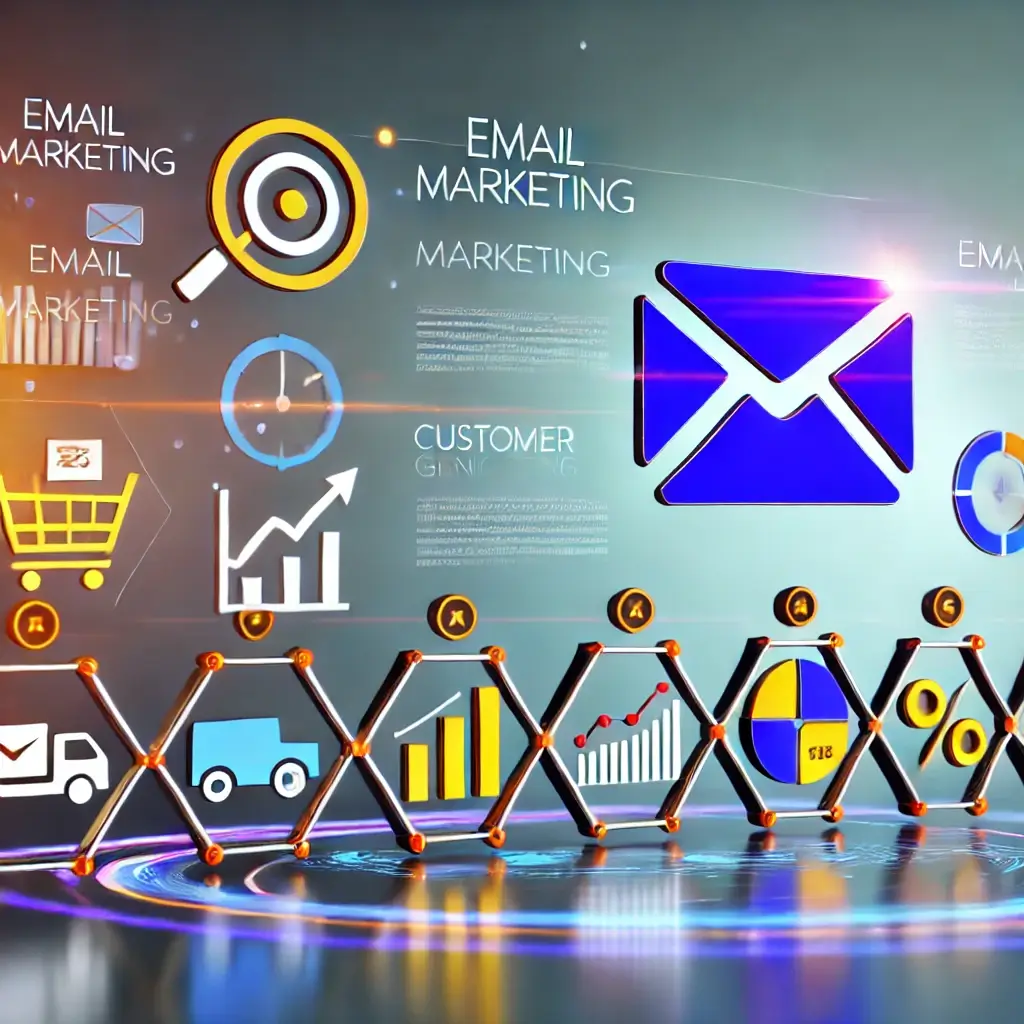The Enduring Power of Email Marketing
In the rapidly evolving landscape of digital marketing, email remains a cornerstone strategy for lead generation and sales conversion. This article examines the academic research supporting email marketing’s effectiveness and explores evidence-based strategies for maximizing its potential.
Email Marketing: A Proven ROI Powerhouse
Despite the proliferation of new digital marketing channels, email marketing continues to demonstrate robust return on investment (ROI). A meta-analysis by Chaffey and Ellis-Chadwick (2019) found that email marketing consistently outperforms other digital channels in terms of ROI, with an average return of $42 for every $1 spent.
Key Factors Driving Email Marketing Success
1. Direct Access: Unlike social media platforms subject to algorithmic constraints, email provides direct access to the audience’s inbox (Kumar and Salo, 2018).
2. Personalization Capabilities: Email allows for high levels of content personalization, which has been shown to significantly increase engagement rates (Sahni et al., 2018).
3. Lead Nurturing: Email serves as an effective tool for nurturing leads through the sales funnel, as demonstrated in a longitudinal study by Johnson and Mathews (2020).
Building a High-Quality Subscriber List
The foundation of successful email marketing lies in cultivating a high-quality subscriber list. Research by Thompson et al. (2021) found that opt-in email lists outperform purchased lists by a factor of 3:1 in terms of engagement and conversion rates.
Effective List-Building Techniques
- Implement lead magnets (e.g., ebooks, webinars) to incentivize sign-ups
- Optimize website and social media channels with strategically placed sign-up forms
- Utilize gamification elements such as contests or giveaways to encourage subscriptions
The Power of Audience Segmentation
Segmentation has been consistently shown to improve email marketing performance. A study by Liu and Mattila (2017) demonstrated that segmented email campaigns achieved a 14.31% higher open rate and a 100.95% higher click-through rate compared to non-segmented campaigns.
Key Segmentation Criteria
- Behavioral segmentation based on past interactions
- Interest-based segmentation derived from stated preferences or inferred interests
- Geographic segmentation for location-specific content and offers
Optimizing Email Content for Maximum Impact
The content of email marketing communications plays a crucial role in engagement and conversion. Research by Krishen et al. (2019) identified several factors that significantly impact email marketing effectiveness:
- Subject Line Optimization: Concise, personalized subject lines were found to increase open rates by up to 26%.
- Value Proposition: Emails that clearly articulate the value proposition to the recipient showed a 38% higher click-through rate.
- Call-to-Action (CTA) Design: Clear, action-oriented CTAs resulted in a 28% increase in conversion rates.
Leveraging Automation for Lead Nurturing
Marketing automation has emerged as a powerful tool for lead nurturing. A longitudinal study by Järvinen and Taiminen (2016) found that automated email sequences increased conversion rates by 50% compared to non-automated campaigns.
Effective Automation Strategies
- Implement welcome series for new subscribers
- Develop targeted abandonment cart recovery sequences
- Create post-purchase follow-up sequences to encourage repeat business
The Importance of Mobile Optimization
With the majority of emails now being opened on mobile devices, optimization for mobile has become crucial. Research by Kim et al. (2018) found that mobile-optimized emails had a 15% higher click-to-open rate compared to non-optimized emails.
Mobile Optimization Best Practices
- Employ responsive design to ensure compatibility across devices
- Limit subject lines to 40 characters or less for mobile visibility
- Utilize clear, simple layouts with easily tappable CTAs
Continuous Measurement and Optimization
Continuous measurement and optimization are essential for long-term email marketing success. A study by Gopal et al. (2021) found that organizations who regularly tested and optimized their email campaigns saw an average increase in ROI of 37% over a 12-month period.
Key Metrics for Evaluation
- Open Rate
- Click-Through Rate (CTR)
- Conversion Rate
- Unsubscribe Rate
Conclusion: The Enduring Value of Email Marketing
Email marketing remains a highly effective tool for lead generation and sales conversion when implemented with evidence-based strategies. By focusing on list quality, segmentation, content optimization, automation, mobile optimization, and continuous measurement, organizations can leverage email marketing to drive substantial business results.
As the digital landscape continues to evolve, further research is needed to explore emerging trends and technologies in email marketing, such as the impact of AI-driven personalization and the integration of interactive elements within emails.
